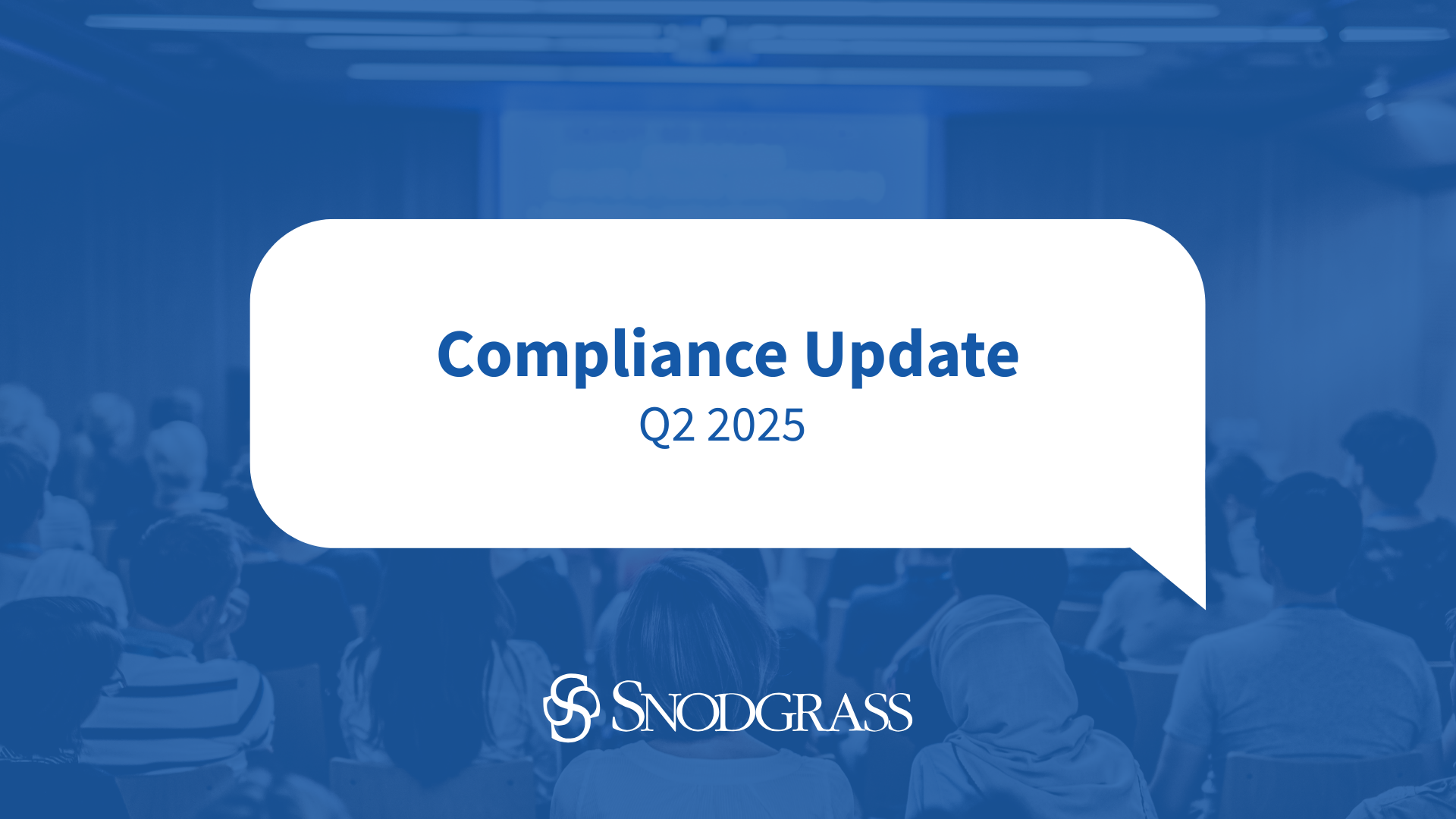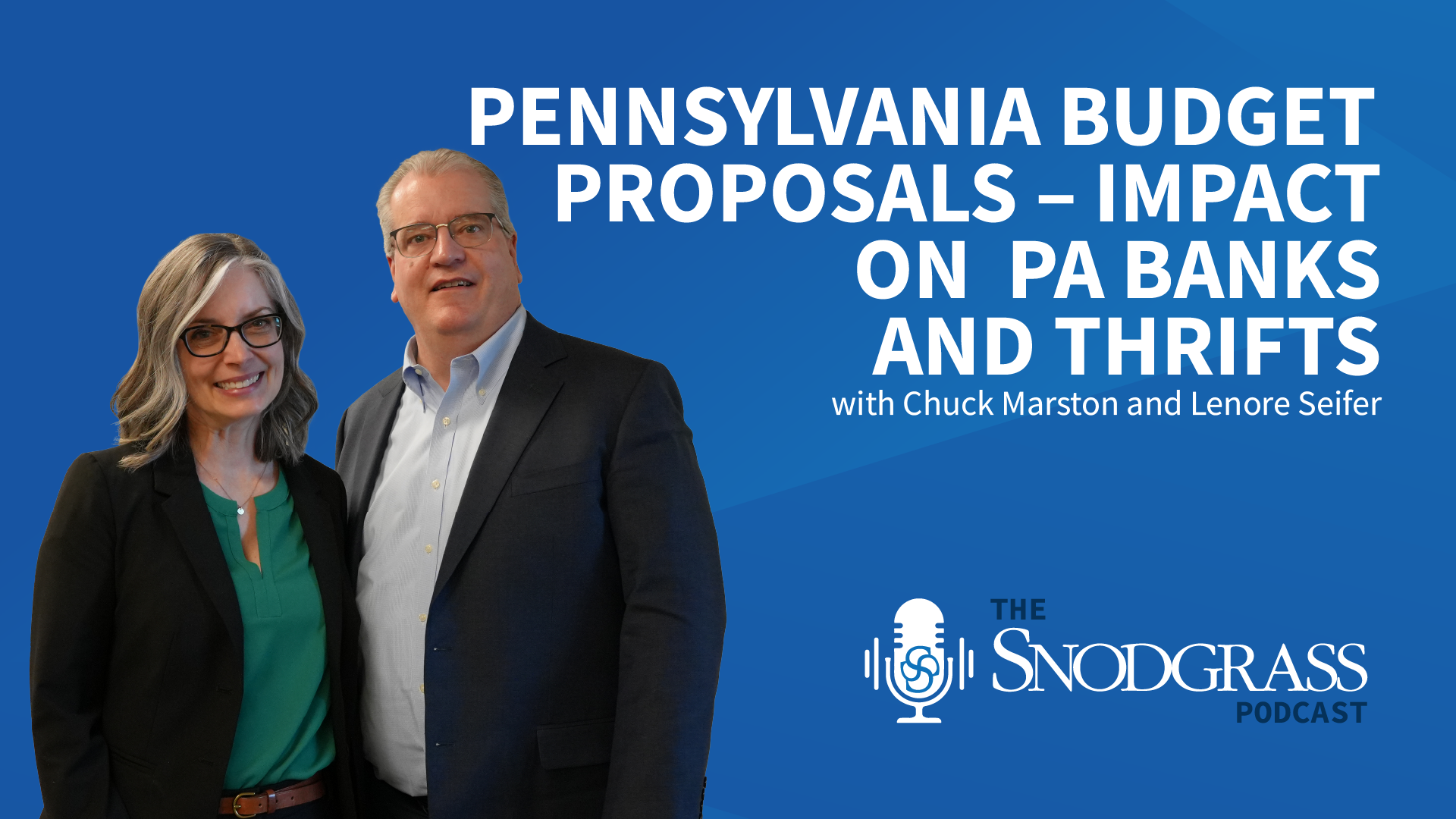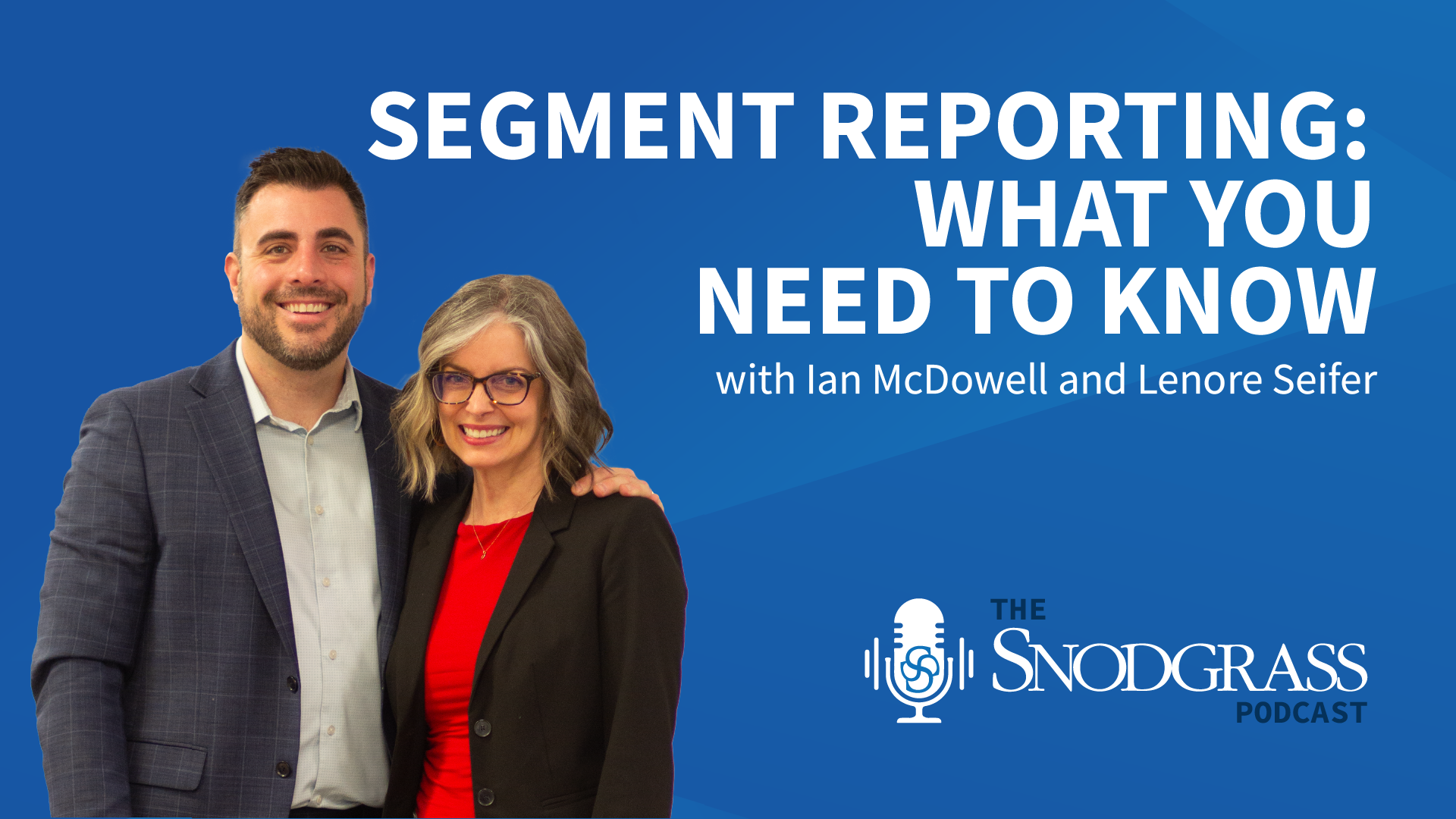Does the scenario below sound familiar? This fictional conversation between a banking examiner and a Bank Security Act (BSA) officer is, unfortunately, all too typical of the lack of communication between examiners and bankers. Suggestions for improving this dialog follow.
Examiner: While your BSA compliance is satisfactory overall, we’d like to suggest methods to improve the effectiveness of your BSA program.
BSA Officer: I’m glad you like what we’re doing. What suggestions do you have for us?
Examiner: Let’s start with your daily cash transaction aggregation reports. Your reports aggregate daily cash transactions by customer TIN over $5,000. We feel that the $5,000 threshold is too high to effectively detect money laundering.
BSA Officer: Well, if you think $5,000 is too high, what threshold would you suggest?
Examiner: You’ll need to determine this based on the results of your risk assessment.
BSA Officer: So you CAN tell me if it’s too high, but you can’t tell me what would be a good dollar threshold to use? How can I know if I set the threshold too low?
Examiner: That will be reviewed in our next examination.
BSA Officer: And if you determine then that it’s too low?
Examiner: Let’s not get ahead of ourselves.
We’d also like to see you expand your daily aggregation to cover a reasonable time period to detect customers who might often launder smaller amounts under your daily threshold. For example, your current daily aggregation threshold of $5,000 wouldn’t detect customer transactions of $3,000 on two different days. Don’t you think it would be important to monitor this?
BSA Officer: I don’t recall the regulation requiring this. Can you show it to me?
Examiner: “For purposes of Section 103.53, a person structures a transaction if that person, acting alone or in conjunction with, or on behalf of, other persons, conducts or attempts to conduct one or more transactions in currency, in any amount, at one or more financial institutions, on one or more days, in any manner, for the purpose of evading the reporting requirements under Section 103.22 of this part.”
BSA Officer: I’m familiar with the definition of structuring from 31 CFR, of course. What I’m looking for is the requirement in the regulation where we must monitor aggregate transactions over – how did you put it? – “a reasonable time period.”
Examiner: Requirements covering aggregation of cash transactions over a period of time are found in the FFIEC examination manual.
BSA Officer: So, your requirement comes from your examination manual, and not the regulation? And on the same subject, what is a reasonable time period – three days, two weeks, a month?
Examiner: We suggest you formulate this in your risk assessment process.
BSA Officer: Let me understand. You can’t really tell me what dollar threshold you would recommend for monitoring cash transactions, and you can’t tell me what time period to aggregate transactions for to monitor them. What else do we need to know to improve our BSA processes that you can’t tell me?
A better way
Examiners and bankers need to realize that they’re on the same side. They both share the goal of doing what’s in the best interest of the bank and the country.
But examiners need to do a better job of telling bankers how to accomplish what they’re asking them to do. Examiners in the field need authorization to provide real guidance to bankers.
For example, what if the examiner could tell this BSA officer that an acceptable standard would be as follows:
“Monitor daily cash transactions over $3,000, then aggregate for a rolling seven-day period for suspicious activity.”
After all, the examiners have the knowledge to show the BSA officers how to set up the reports properly, enabling both to accomplish their objectives.
But bankers, too, have to realize that examiners are not their adversaries. The examiner is there to ensure the safety and soundness of the institution, just as the banker is. Bankers should take advantage of the fact that they can call their examiner for advice.
So let’s try to have both sides treat the other as friends, not foes.



